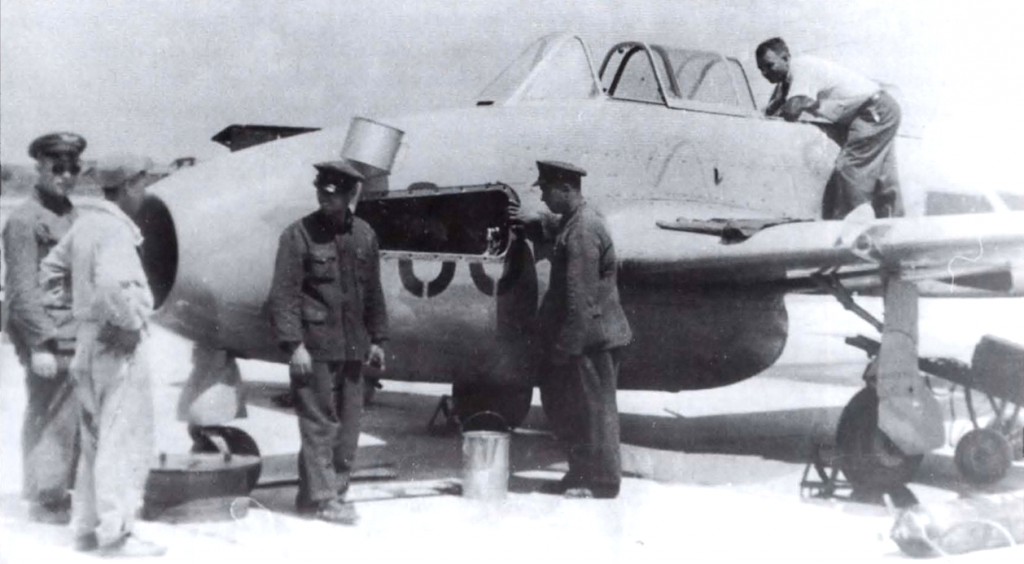
Following strings of victories which eventually led to the establishment of the People’s Republic of China on October 1st 1949, the Chinese Communists were still faced with the problem of Nationalist Chinese aerial superiority. With an air force not yet ready to face the Nationalists, the Communist Chinese appealed to the Soviets for assistance in defending their cities. Despite rejecting previous requests for direct combat involvement in the Chinese Civil War, the Soviets finally agreed to deploy combat units. This decision was motivated by the Sino-Soviet Treaty of Friendship, Alliance and Mutual Assistance signed on February 14th 1950 by Mao Zedong and Joseph Stalin, which allowed for Soviet military assistance to the new Chinese republic. Several Soviet fighter units equipped with the latest Soviet fighters (both propeller and jet alike) were transferred to Chinese territory where they successfully engaged Nationalist Chinese aircraft and deterred them from further large scale raids. In October of 1950, the Chinese entered the Korean War to support Kim Il-sung’s Communist forces as well as to preemptively solve their fears of a possible United States-led invasion of China from the Yalu River. Emphasizing on the need for air support to complement ground troops, the Soviet Union provided further shipments of jet aircraft to the Chinese along with additional Soviet flight instructors to improve the training program for Chinese pilots. Among the many types of jets transferred were Yakovlev Yak-17UTI jet trainers, which became China’s first jet trainer aircraft.
The Yak-17UTI is the two-seat trainer variant of the Soviet Yakovlev Design Bureau’s Yak-17 jet fighter design. The Yak-17 design was based on an improved Yak-15 design, essentially being a propeller-driven Yak-3 fighter redesigned to use a jet engine. Designed in 1947, the Yak-17UTI design was an improvement of the firm’s previous Yak-21T (UTI Yak-17-RD10) and was permitted for mass production in Plant No.31 by the Soviet Council of Ministries. Despite the increase in weight compared to the original Yak-17 fighter variant, the Yak-17UTI was still appreciated for its maneuverability and ease of handling. The Yak-17UTI was the Soviet Union’s only jet trainer until the 1950’s when the MiG-15UTI trainer became more widely available. It utilized a tricycle-style undercarriage configuration and was powered by a Klimov RD-10 turbojet, a copy of the German Junkers Jumo 004. A total of four hundred and thirty Yak-17 (including Yak-17UTI trainers) were produced between 1948 and 1949, being exported to other Communist nations (Bulgaria, Poland, and Czechoslovakia) as aid. The Yak-17’s existence was made known to the public in 1949 at the Tushino Air Show where nine Yak-17 jets performed aerobatics under the lead of Lieutenant-Colonel Shulzhenko.
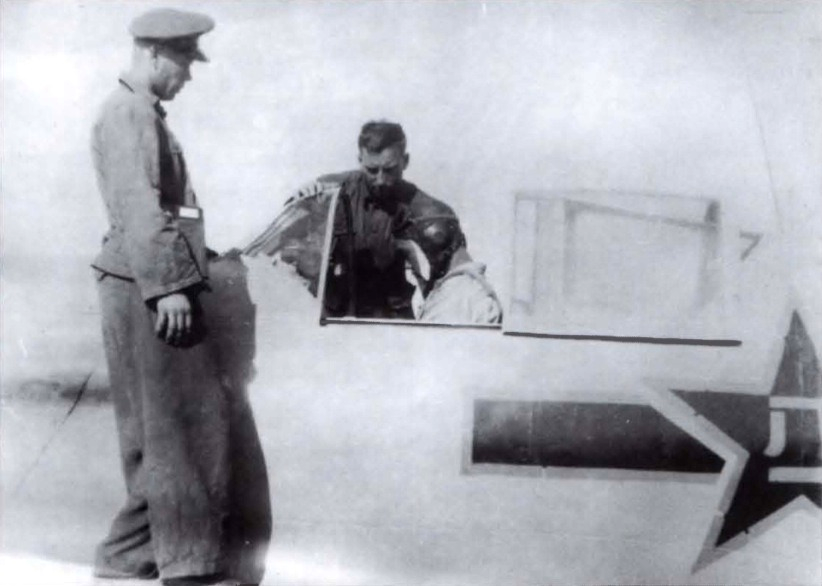
The shortage of trained Chinese combat pilots ready for action was a drastic setback for the Chinese in contrast to the well-equipped and experienced United Nations aerial forces. On October 13th, four Yak-17UTI trainers (amongst many other propeller-driven trainers) were transferred to the People’s Liberation Army Air Force’s 4th Mixed Brigade (第四混成旅) based in Shanghai’s Jiangwan Airfield. There, the Soviet 351st IAP (Fighter Aviation Regiment) trained Chinese pilots on jet aircraft. The delivery of the Yak-17UTI is worth noting as being the first jet trainer aircraft to be utilized and serviced by the People’s Republic of China. Due to the combat pilot shortage China was facing at the time, the training program was drastically cut short, giving pilots approximately only fifty hours on average. A pilot would need to fly between fifteen to twenty hours in the Yak-17UTI fighter before being allowed to fly a MiG-15, the most advanced Soviet jet the Chinese received. Afterwards, each pilot would be allocated thirty hours of flight time in the MiG-15 before being sent to an active combat unit. Despite the technologically outdated status of the Yak-17UTI, the lack of a MiG-15-based two-seat trainer aircraft made the Yak-17UTI the only viable jet training candidate. A notable pilot who partook in the training of Chinese pilots was Senior Lieutenant Yuri Dushin, a pilot of the 351st IAP credited with previously downing a Nationalist Chinese B-25 (some sources claim a B-26) over Xuzhou while protecting China’s airspace. He would later go on to shoot down two B-26 in the Korean War. In Chinese service, the Yak-17UTI was initially referred to as “Aircraft Number Three” (3号机). Later on November 15th, eleven more Yak-17UTI trainers were transferred to the People’s Liberation Army Air Force divisions in Northern China. Two other Soviet units known to have mentored Chinese pilots with the Yak-17UTI trainer were the 324th IAD (Fighter Aviation Division) and 24th GvIAP (Guards Fighter Regiment), both experienced in combat.
Following the delivery on November 15th, a further twenty-eight Yak-17UTI trainers would be delivered to the Chinese until 1951. A total of forty-three Yak-17UTI jet trainers were delivered altogether and only served as an intermediate trainer aircraft to prepare Chinese pilots for the MiG-15. Deliveries of the Yak-17UTI were halted due to the availability of Soviet-made MiG-15UTI two-seat jet trainers which would allow for better familiarization and much more optimized flight training. Despite being an obsolete jet trainer, the Yak-17UTI was still retained and continued to be used for training. By November of 1956, any still-airworthy Yak-17UTI trainers (twenty-nine in total) were officially retired. The majority of the forty-three Yak-17UTI trainers delivered were scrapped or dismantled for parts, and few photos are known to exist on the Yak-17UTI in Chinese service. Today, only one original Yak-17UTI trainer is known to have been preserved. It retained the green livery with light blue undersides, standard of Second World War-era Soviet aircraft and their early jets. It bears the tactical marking of “12”, painted in red and bordered in white at the front of the aircraft on either side of the engine nacelle and has Chinese People’s Liberation Army Air Force roundels painted on either side of the rear fuselage as well as the lower wing surfaces. This aircraft can be seen today in the Chinese Aviation Museum (中国航空博物馆, also known as the Datangshan Aviation Museum) in the Changping District of Beijing.
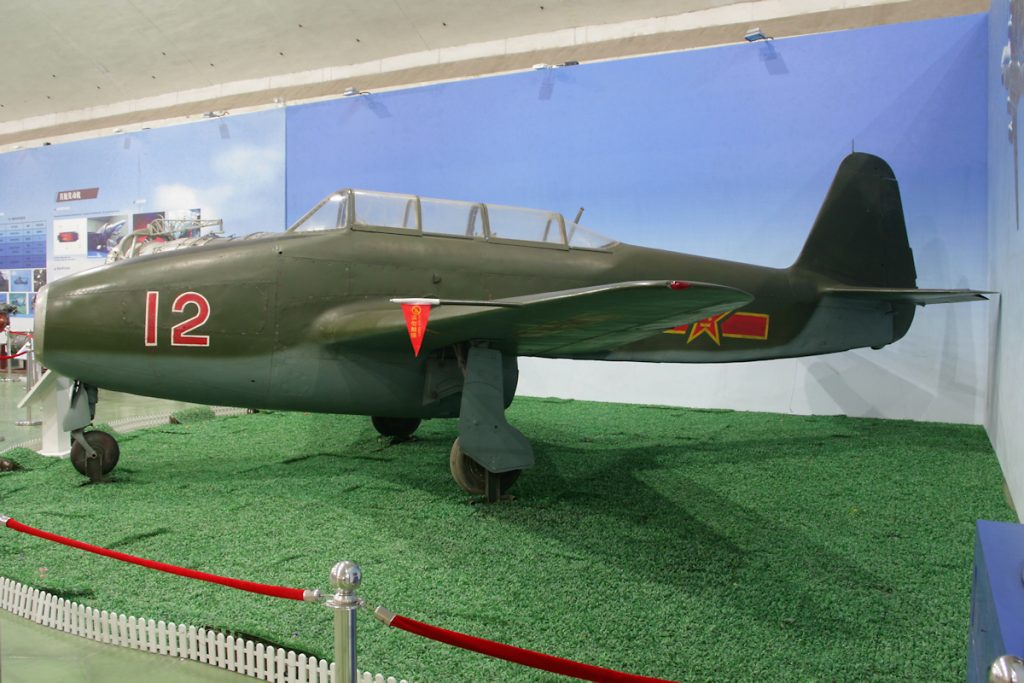
| Yakovlev Yak-17UTI | |
| Statistics from the Yak-17UTI’s Checkout Trials | |
| Length | 8.7 m / 28 ft 6 ½ in |
| Wingspan | 9.2 m / 30 ft 2 13/64th in |
| Wing Area | 14.85 m² / 159.67 ft² |
| Engine | 1x Klimov RD-10 single-spool axial-flow turbojet |
| Engine Output | 900 kgf / 1,984 lbst |
| Empty Weight | 2,148 kg / 4,735 lb |
| Takeoff Weight | 2,906 kg / 6,406 lb |
| Fuel Load | 518 kg / 1,142 lb |
| Top Speed | 702 km/h / 436 mph – Sea Level 719 km/h / 446 mph – 5,000 m / 16,400 ft |
| Rate of Climb | 18.4 m per second / 3,261 ft per minute – Sea Level |
| Range | 330 km / 205 mi |
| Flight Endurance | 40 minutes |
| Takeoff Run | 640 m / 2,100 ft |
| Landing Run | 700 m / 2,300 ft |
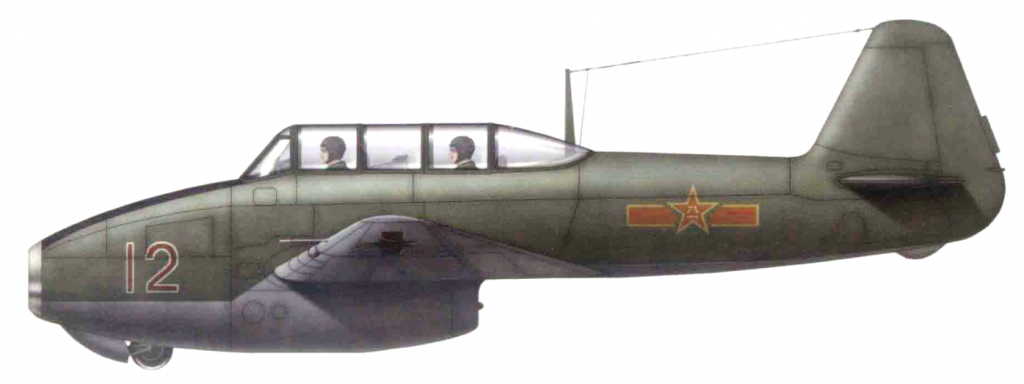

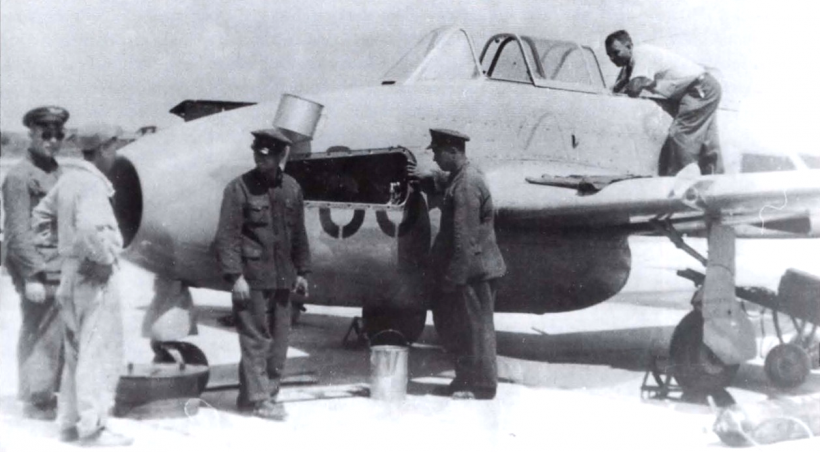
What a wonderful post you have written, thanks for sharing!